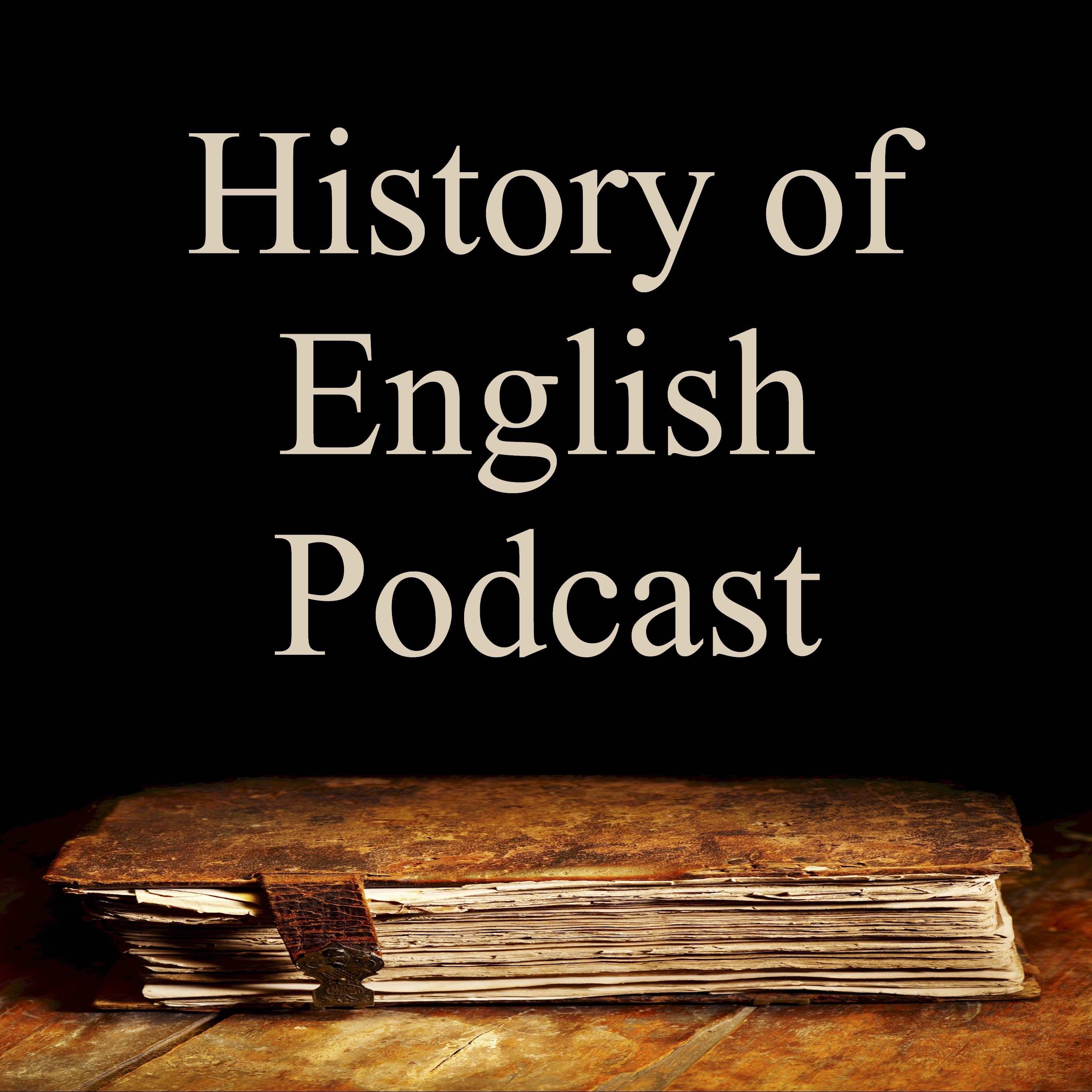Episode 182: World of Confusion
In the early 1600s, English began to spread around the world as speakers searched for new trading partners and new places to settle. Through that process, English become an international language, but as English speakers encountered people and languages in distant places, they sometimes became confused. That confusion and uncertainty shaped the English language during this period. In this episode, we explore early English loanwords from North America, Shakespeare's The Tempest, and the first English trading post in India.
TRANSCRIPT: EPISODE 182
TRANSCRIPT: EPISODE 182
Press play and read along
Transcript
Transcript is processing—check back soon.
The History of English Podcast — Episode 182: World of Confusion
